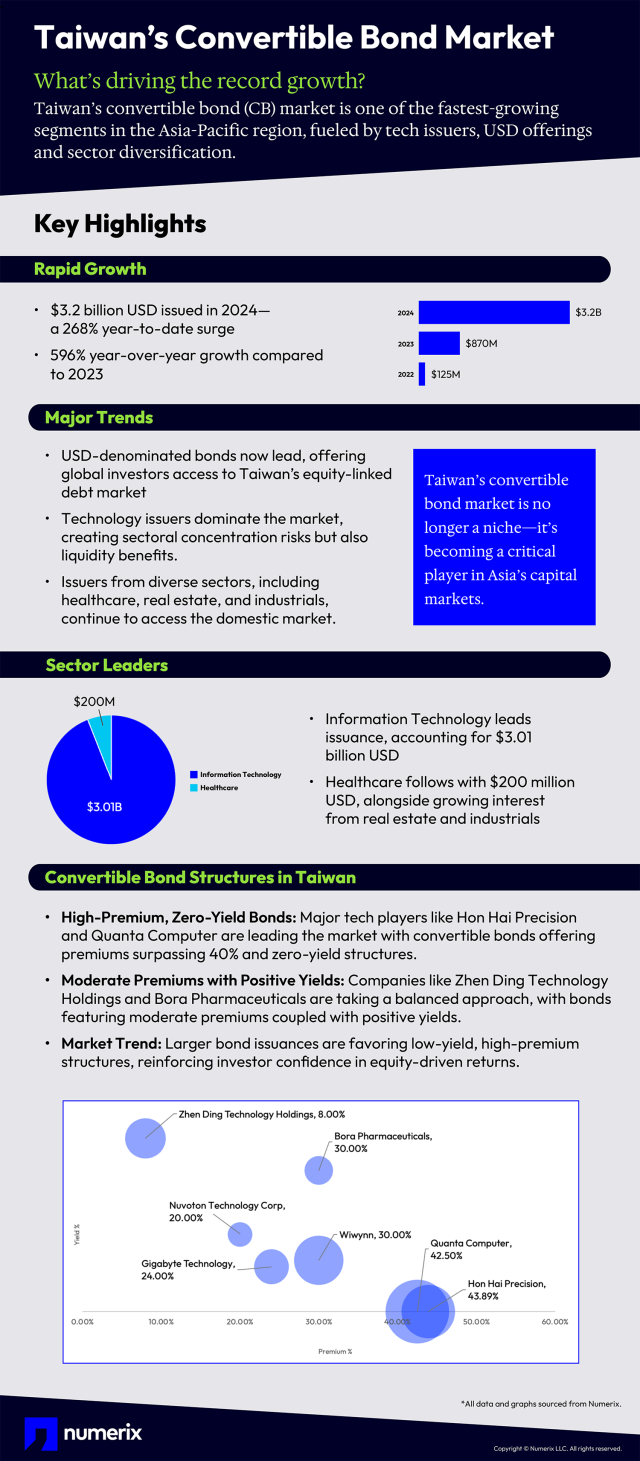Risk as a Service: For Many, a Better Way to Derive Value from New Technology

I’m no mathematician, but I’m going to offer up a new mathematical formula anyway:
capital markets + managed services =
a valuable solution to trading and risk management challenges.
A vortex of change over the last 10 years has left financial institutions juggling a host of regulatory, operational, technological, and growth challenges. These factors together have caused significant shifts in banks’ operating environments and business models, which, in turn, have created an environment ripe for the application of managed services.
What is managed services? Primarily, a managed service is any form of IT outsourcing. While this isn’t anything new, the industry has progressed dramatically with enhanced priorities for managed services. This has evolved it beyond rudimentary IT support to assisting customers with fulfillment of their business process in the form of managed applications and business functions deployed on a cloud computing infrastructure.
A recent Waters Technology article, “Outsourcing Takes to the Front Office,” amplifies this point perfectly. The author states that despite being around for decades, the outsourced trading desk has become popular over the past few years as asset managers find themselves needing to cut costs. The author goes on to say that as larger funds seek to outsource, the trend might be here to stay.
Another increasingly mainstream service that is being used is the fulfillment of business processes oriented towards risk, compliance, and governance functions. This is known as Risk as a Service (RaaS). Why am I writing about RaaS? Working for a fintech, I observe first hand how financial institutions are becoming more dependent on technology every day. Technology solutions such as RaaS keep doing a better and more advanced job of protecting the capital markets industry. This is very important, and so I think it is important communicate about this particular “As a service” program.
Placing a Priority on Regulatory Compliance
Regulatory and compliance risk has understandably grown in importance over the last decade and will likely continue to over the next few years. For this reason, financial firms are increasingly looking to prioritize expertise and technology in risk management, whether maintained in-house or via a third party. For the former, most companies do not have the technology budgets of Tier 1 organizations to host these resources in-house—and finding people with the necessary skills and experience is not easy—so that’s why tier 2 and 3 organizations are the principal market for RaaS. RaaS solutions typically address comprehensive risk analysis, reporting to regulators, operational risk and governance, risk data management, and auditing of business workflows.
We all know cloud technology became a transformative technology for many industries, including the capital markets, and in particular with risk management, which has a tendency to demand spiking computational loads where elasticity and scalability are a necessity, not nice-to-have features. The cloud also enables the ability to respond to continuously evolving regulatory compliance requirements, which also translate into infrastructure requirements.
The ability to respond to these requirements rapidly without going through multi-year deployment cycles of inhouse IT capabilities is a significant benefit. Cloud is the enabler that allows organizations to move along with the speed of regulations.
Meeting Other Priorities
Operational efficiency and cost effectiveness are also top priorities. Risk and compliance functions are obviously exposed to the soaring costs to meet the demands of regulators. In 2017, which is the year the most recent data appears available, it cost the banking industry nearly $270 billion to meet the demands of regulatory compliance, and a survey conducted that same year of 183 senior staff at asset managers, brokers and banks, found that regulatory costs could more than double by 2022.
A RaaS program will certainly reduce capital-intensive investments in application and IT infrastructure, and most likely reduce overall costs, including those related to staffing. Risk as a Service can also help a firm stay focused on its core business—as well as on driving growth—and not get distracted by the operational support of complex vendor software and IT decisions. With RaaS, a vendor operates its software on behalf of the customer, therefore providing full operational support of its software and often takes direct responsibility for some of the business workflows and operations that are outsourced to it.
More and more organizations are realizing they need a strategic partner to ensure success in staying compliant with regulatory regimes. According to a Chartis Research report titled Spotlight on Risk as a Service, small- and mid-sized firms are showing a high uptake of RaaS. There are more capabilities and rewards to managed services other than this blog’s focus on RaaS.
At Numerix.com, you can find a white paper titled The Value of Managed Services for Trading and Risk Management, that provides more detail and insight into the range of solutions and benefits such a program offers, including what to look for when selecting a vendor.


